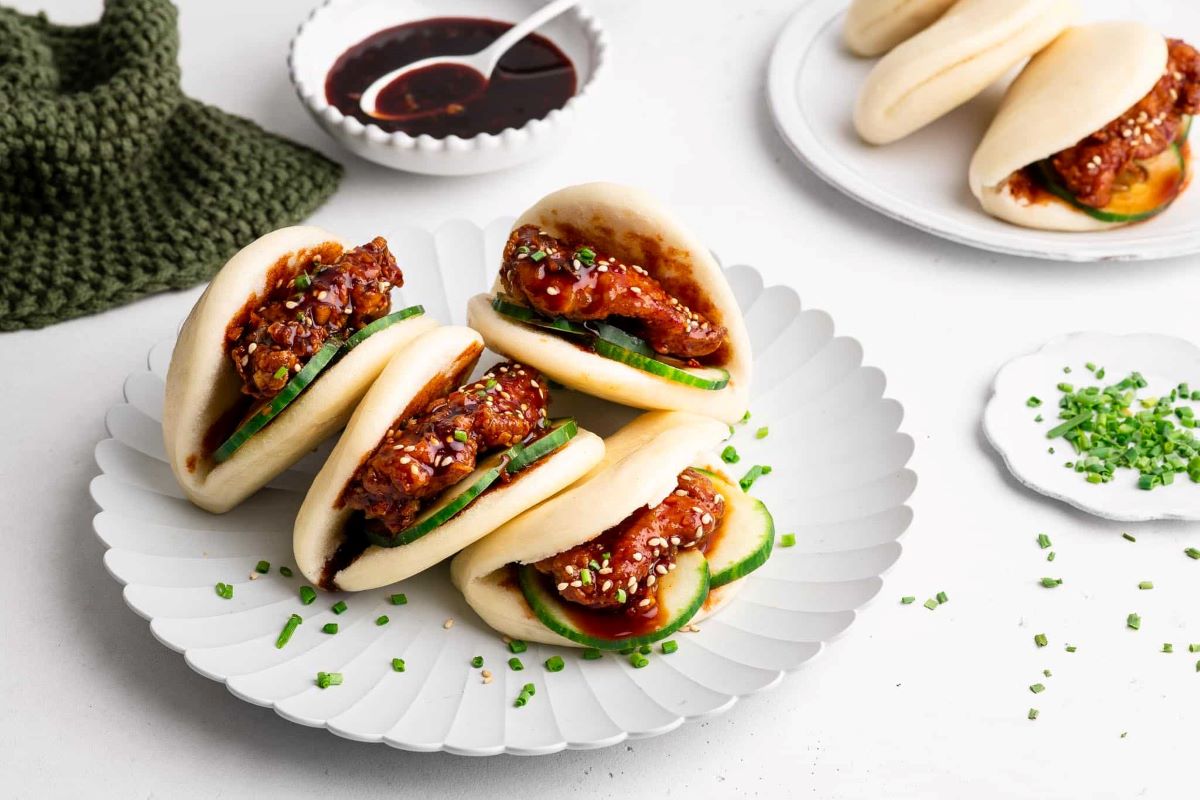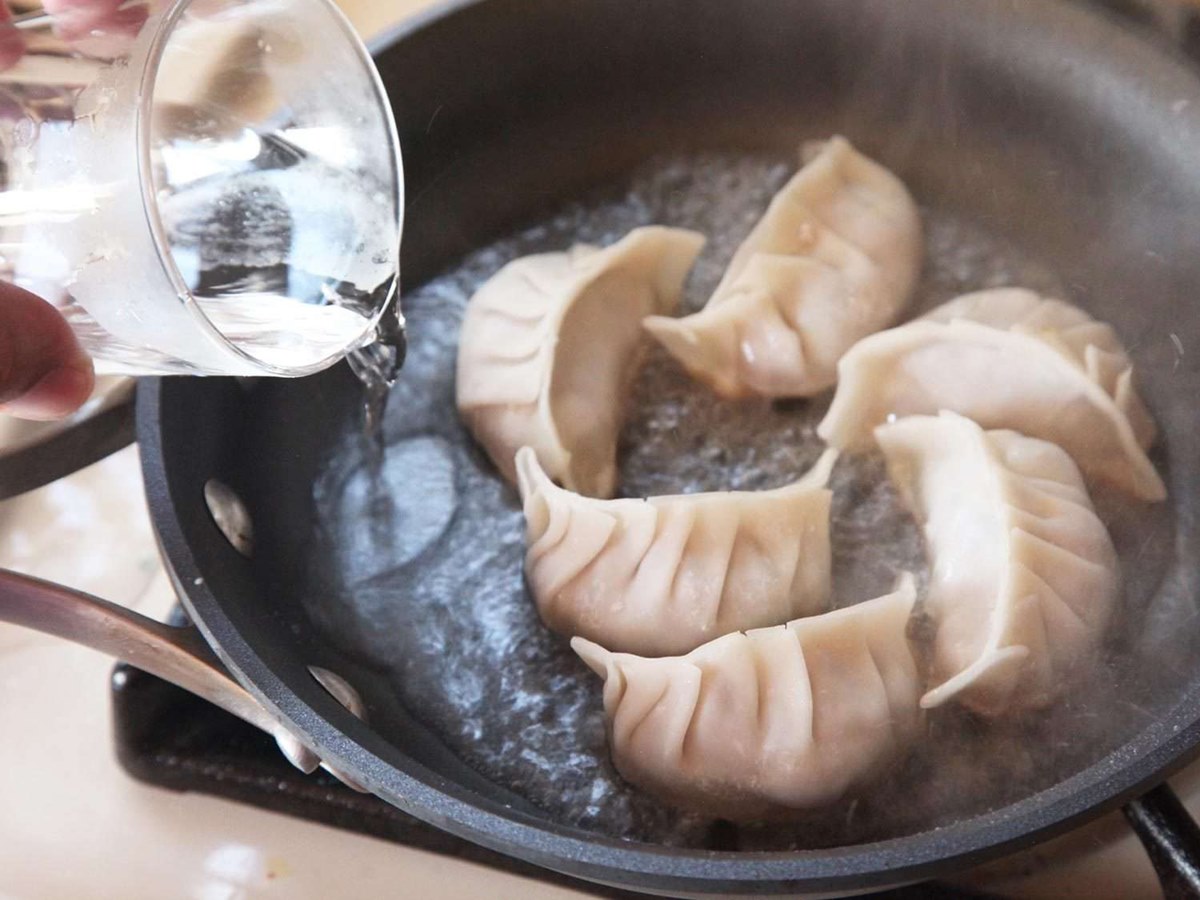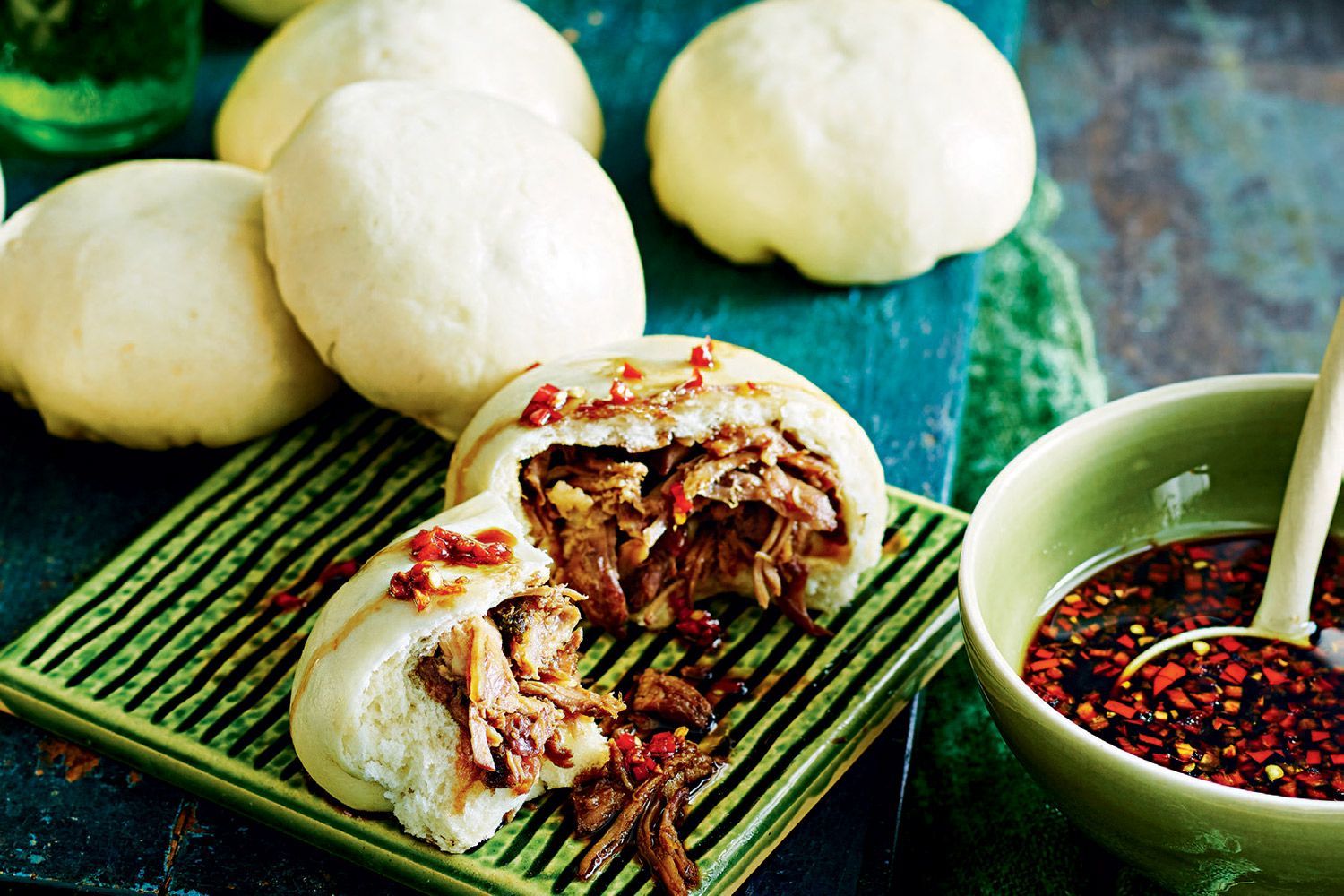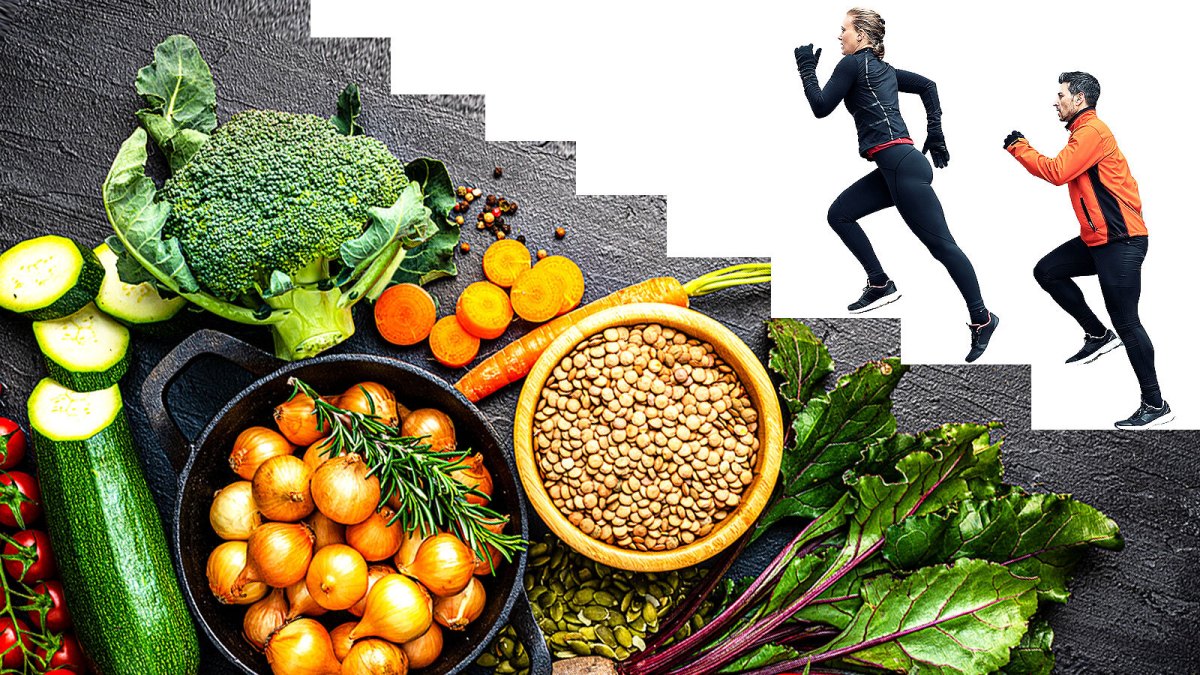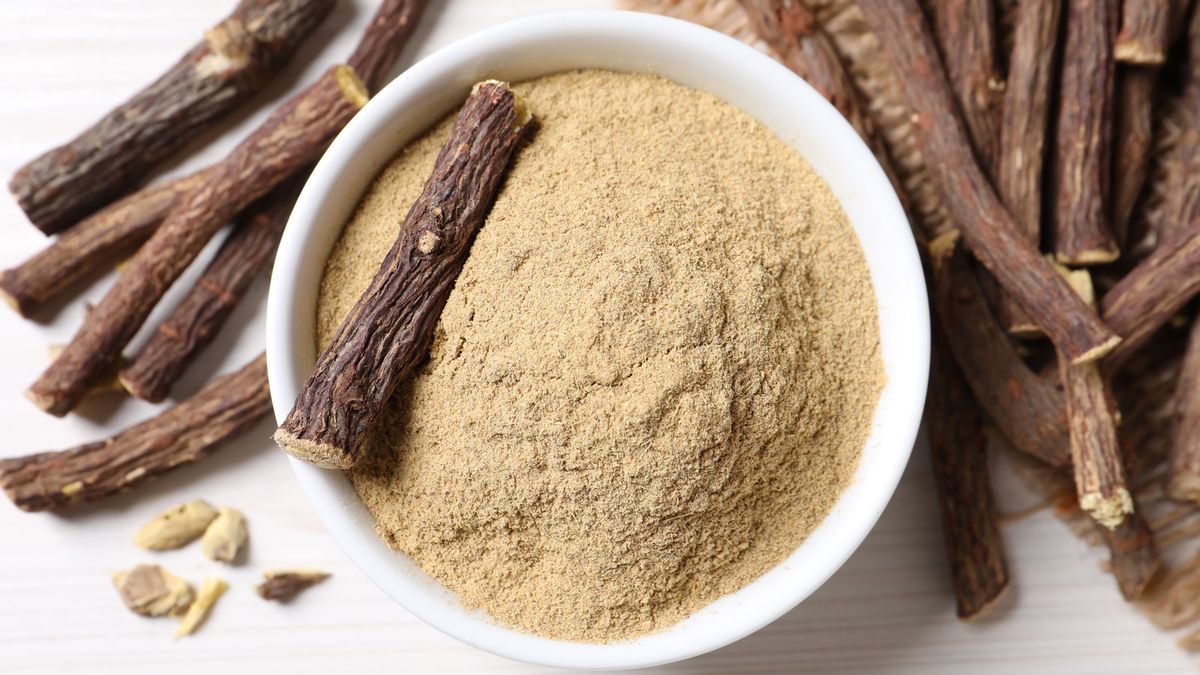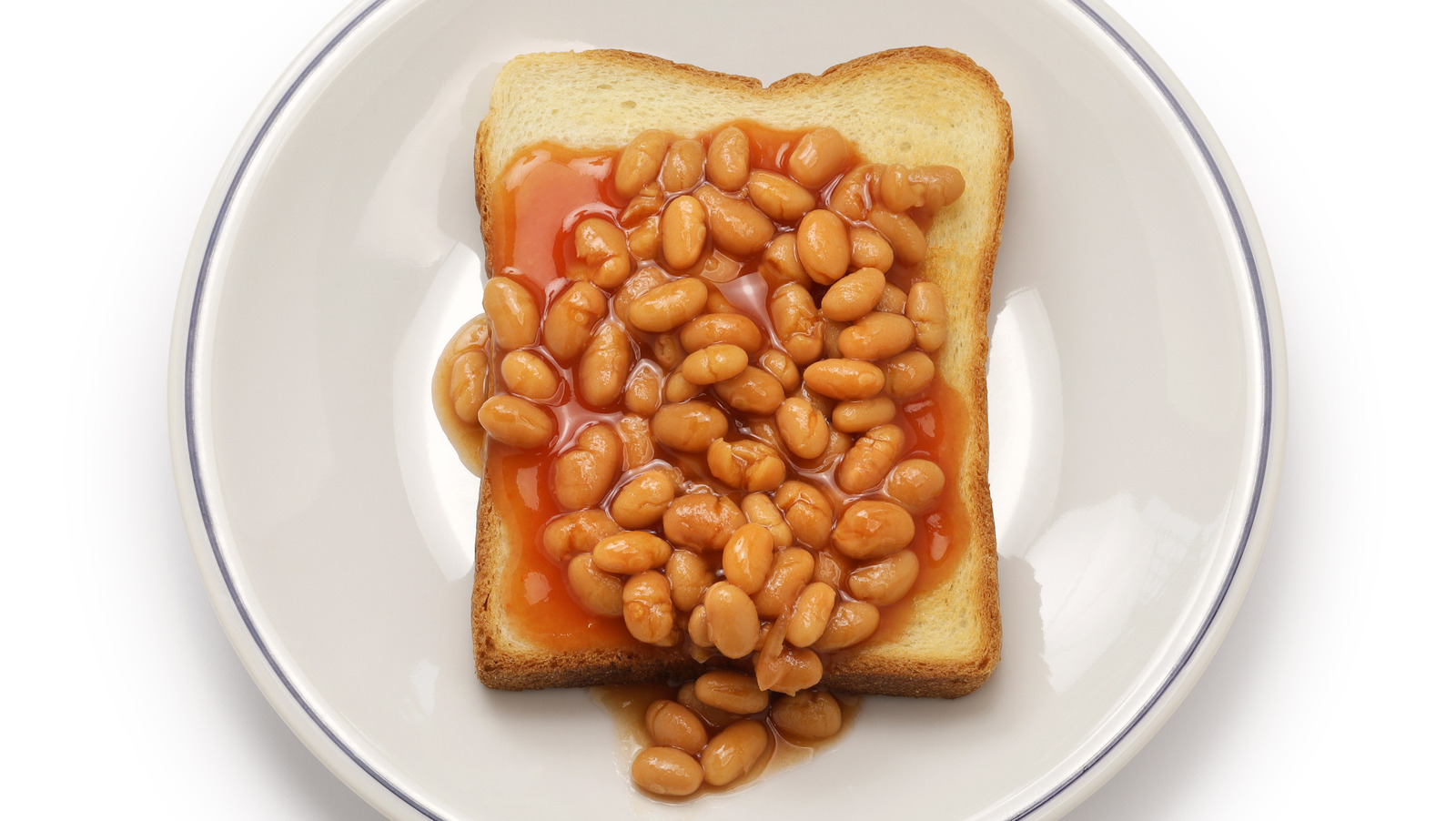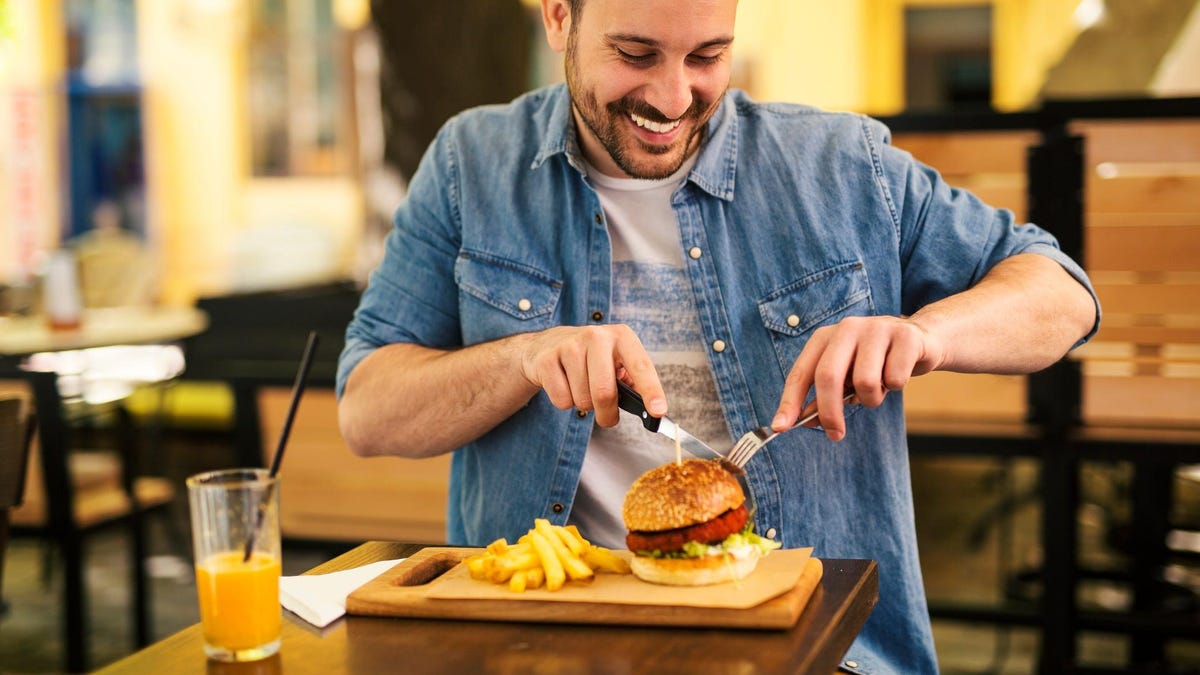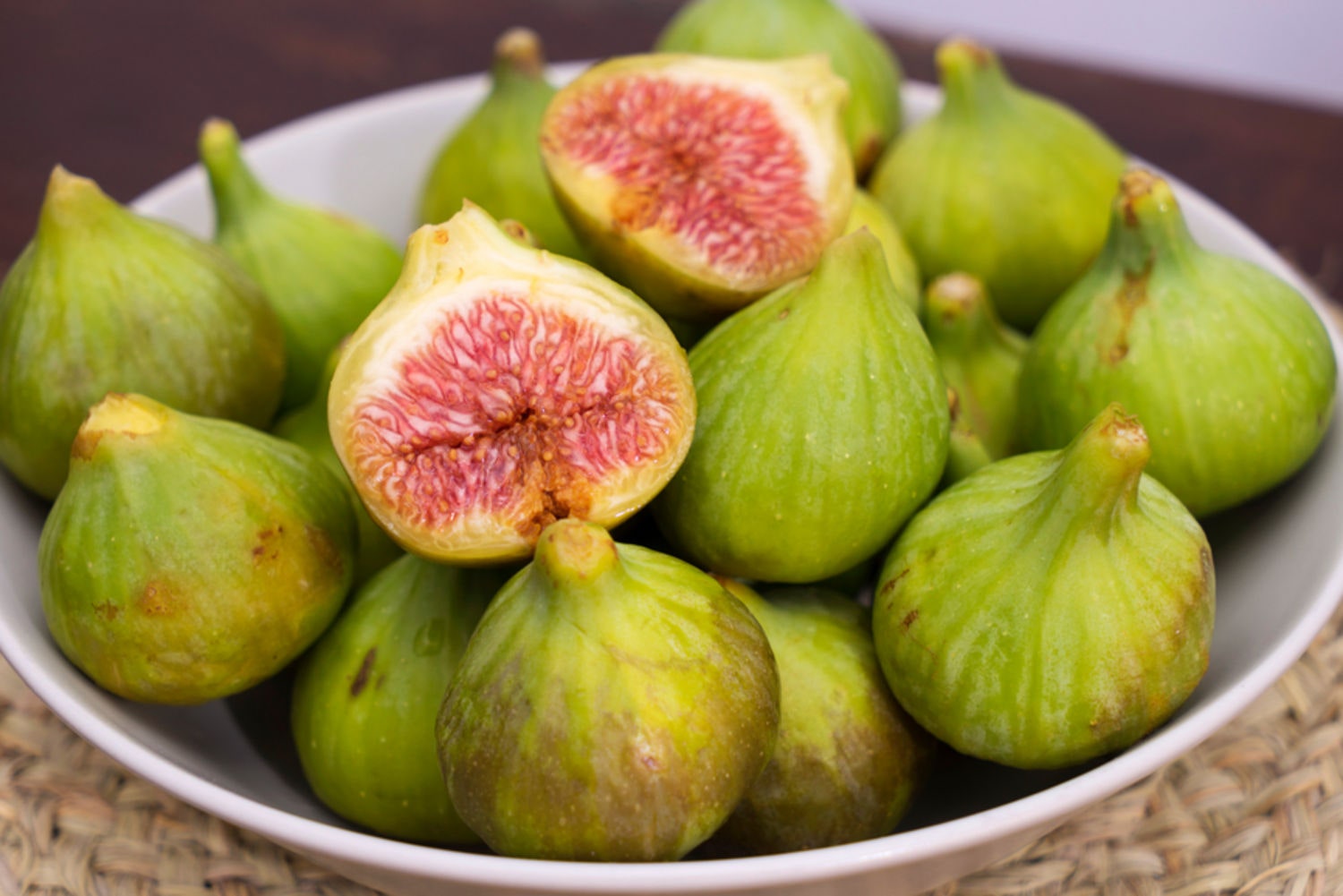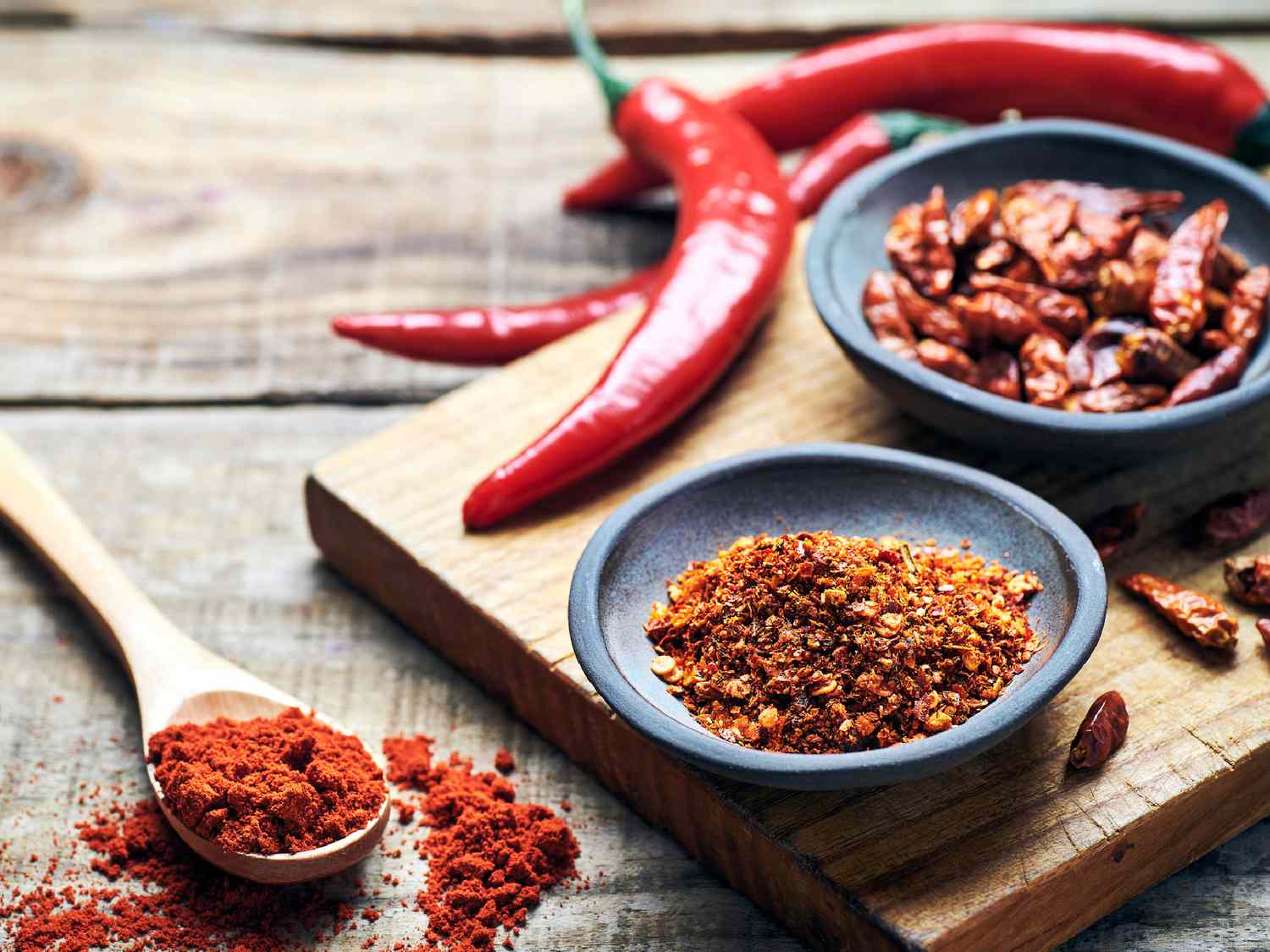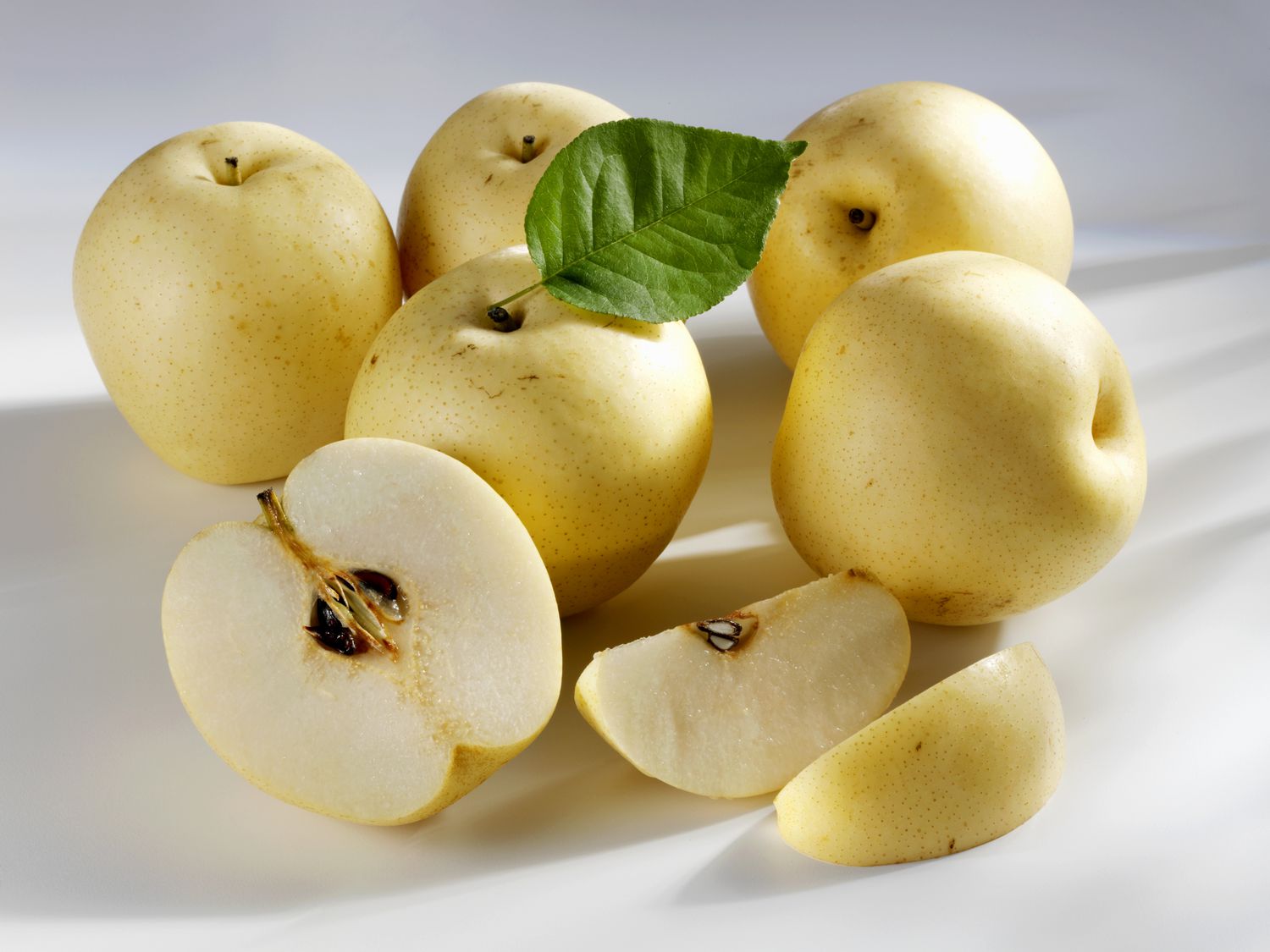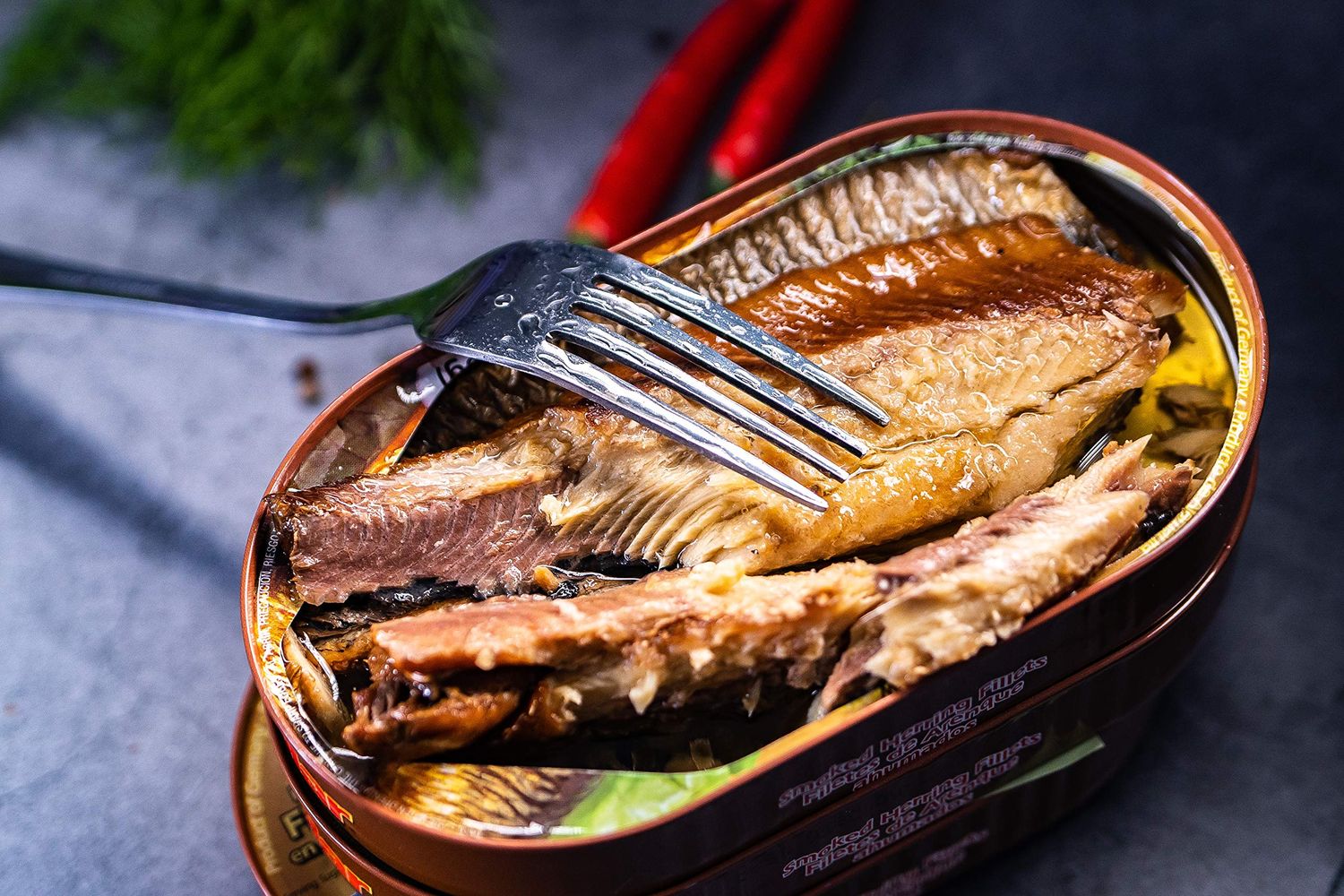How to Enjoy Bao Dumplings Like a Pro
There’s something truly special about biting into a warm, soft bao dumpling and savoring the burst of flavors that come with each bite. Whether you’re a bao dumpling enthusiast or trying them for the first time, knowing how to eat them properly can enhance your dining experience. Here’s a guide on how to eat bao dumplings like a pro:
1. Choose Your Bao Dumpling
Before you can enjoy bao dumplings, you need to choose the right one for your taste. Bao dumplings come in various flavors and fillings, including pork, chicken, shrimp, and vegetarian options. Consider your preferences and dietary restrictions when making your selection.
2. Pick Up Your Bao Dumpling
Once you have your bao dumpling in front of you, use chopsticks or your fingers to pick it up gently. Be careful not to squeeze it too hard, as the delicate bao skin can tear easily.
3. Dip It in Sauce
Before taking a bite, consider dipping your bao dumpling in a flavorful sauce. Soy sauce or a mix of soy sauce and vinegar can complement the savory flavors of the filling. If you prefer a bit of heat, add a touch of spicy chili oil to your dipping sauce.
4. Take a Small Bite
When it comes to eating bao dumplings, it’s best to take small, delicate bites to savor the flavors. Carefully nibble a small portion of the bao, allowing the steam and juices to escape. This will prevent the hot filling from spilling and burning your mouth.
5. Enjoy the Filling
As you continue to eat your bao dumpling, pay attention to the filling. Whether it’s a succulent pork filling or a flavorful vegetarian option, take the time to appreciate the unique taste and texture of the filling.
6. Embrace the Juiciness
One of the most delightful aspects of bao dumplings is their juiciness. Embrace the delicious juices that flow from the filling as you bite into the bao. Just be mindful of any potential drips and have a napkin handy.
7. Repeat and Enjoy
Once you’ve savored your first bao dumpling, feel free to repeat the process with another one. Whether you’re dining alone or sharing with friends and family, bao dumplings are meant to be enjoyed in good company.
By following these simple steps, you can elevate your bao dumpling dining experience and fully appreciate the flavors and textures that these delightful treats have to offer. So, the next time you indulge in bao dumplings, remember these tips and savor every bite!
